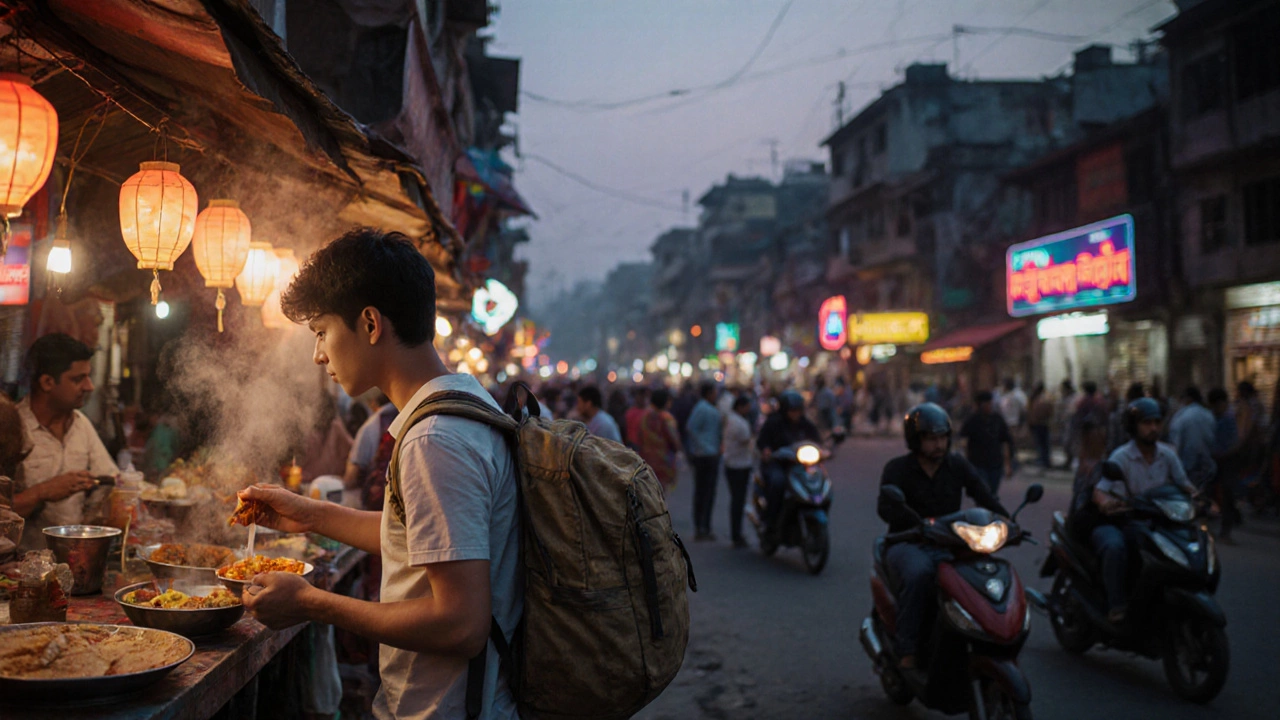
Explore whether India remains a cheap travel option in 2025, with cost breakdowns, regional tips, and a comparison to other budget destinations.
When you map out a trip, India travel budget, the total money needed for transport, stay, food, activities and visa fees across India becomes the foundation of every decision. It encompasses travel cost – the sum of tickets, lodging, meals and entrance charges – and it requires budget planning to spread those expenses over days, regions and personal preferences. Travel cost, expenses for transport, lodging, meals and entry fees can swing wildly depending on whether you choose a budget hostel in Goa or a boutique resort in Rajasthan. Meanwhile, budget planning, the process of allocating funds to each travel component and tracking spend helps you avoid surprise overspends and lets you prioritize experiences that matter most. Seasonal pricing, price changes driven by high or low tourist seasons influences both travel cost and accommodation rates, so timing your visit can shave off a big chunk of the bill. And don’t forget visa fees, government charges for entry permits, which vary by nationality and duration; they’re a fixed piece of the budget that you need to account for before you even board a flight. Understanding how these elements interlock lets you craft a realistic India travel budget that matches your travel style without breaking the bank.
First up, transportation. Trains dominate long‑distance travel in India, with sleeper and AC classes offering a range of price points. For short hops, buses and shared taxis can be cheaper, but they often lack comfort. Next, accommodation: from dormitory‑style hostels at $5‑$10 a night to mid‑range hotels at $30‑$60, your choice sets a baseline for daily spend. Food is another variable – street stalls can keep meals under $2, while dining at a restaurant may cost $10‑$15 per person. Add in entry fees for heritage sites, wildlife sanctuaries or festivals, and you have the core of your travel cost. Seasonal pricing plays a decisive role; the peak winter months (December‑January) push prices up, especially in popular spots like Jaipur or Kerala, while the monsoon shoulder season (June‑September) can offer steep discounts and thinner crowds. Finally, visa fees differ by country; for US citizens, a tourist visa typically costs around $100, whereas Indian nationals traveling to neighboring countries may face lower rates. By mapping each of these factors onto a simple spreadsheet, you can see exactly where you can save – perhaps by traveling during the off‑season or opting for night trains to cut both accommodation and transport costs.
Armed with this overview, you’ll find the articles below packed with real‑world examples, month‑by‑month cost breakdowns, safety tips and hidden‑gem suggestions that make budgeting for India less of a guess and more of a plan. Dive in to discover how to stretch every dollar, choose the right travel season, and keep visa paperwork smooth, so your next Indian adventure stays on budget and unforgettable.

Explore whether India remains a cheap travel option in 2025, with cost breakdowns, regional tips, and a comparison to other budget destinations.